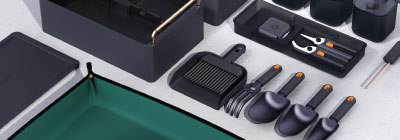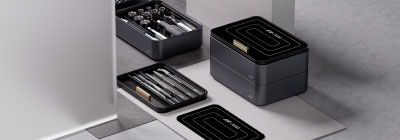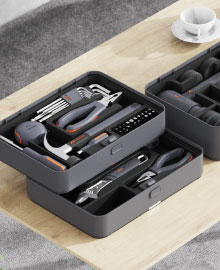-1140x400w.jpg)
When you first step into the world of hardware tools, screwdrivers might look simple — just a handle and a metal rod, right?
But once you start repairing, assembling, or even opening up a small electronic device, you quickly realize: not all screwdrivers are created equal.
Understanding the different types of screwdrivers and bits is the first step to becoming truly efficient — and avoiding stripped screws, wasted time, or damaged parts.
1. The Two Major Categories: Manual vs. Electric Screwdrivers
Before diving into the shapes and tips, it’s important to know how screwdrivers are generally divided:
Manual Screwdrivers — Lightweight, precise, and perfect for delicate work like electronics repair or small household tasks.
They offer full control and tactile feedback, ideal for jobs requiring finesse.
Electric Screwdrivers — Designed for efficiency and volume.
They save effort, increase speed, and deliver consistent torque — essential for assembling furniture, appliances, or performing maintenance in bulk.





Leave a Comment